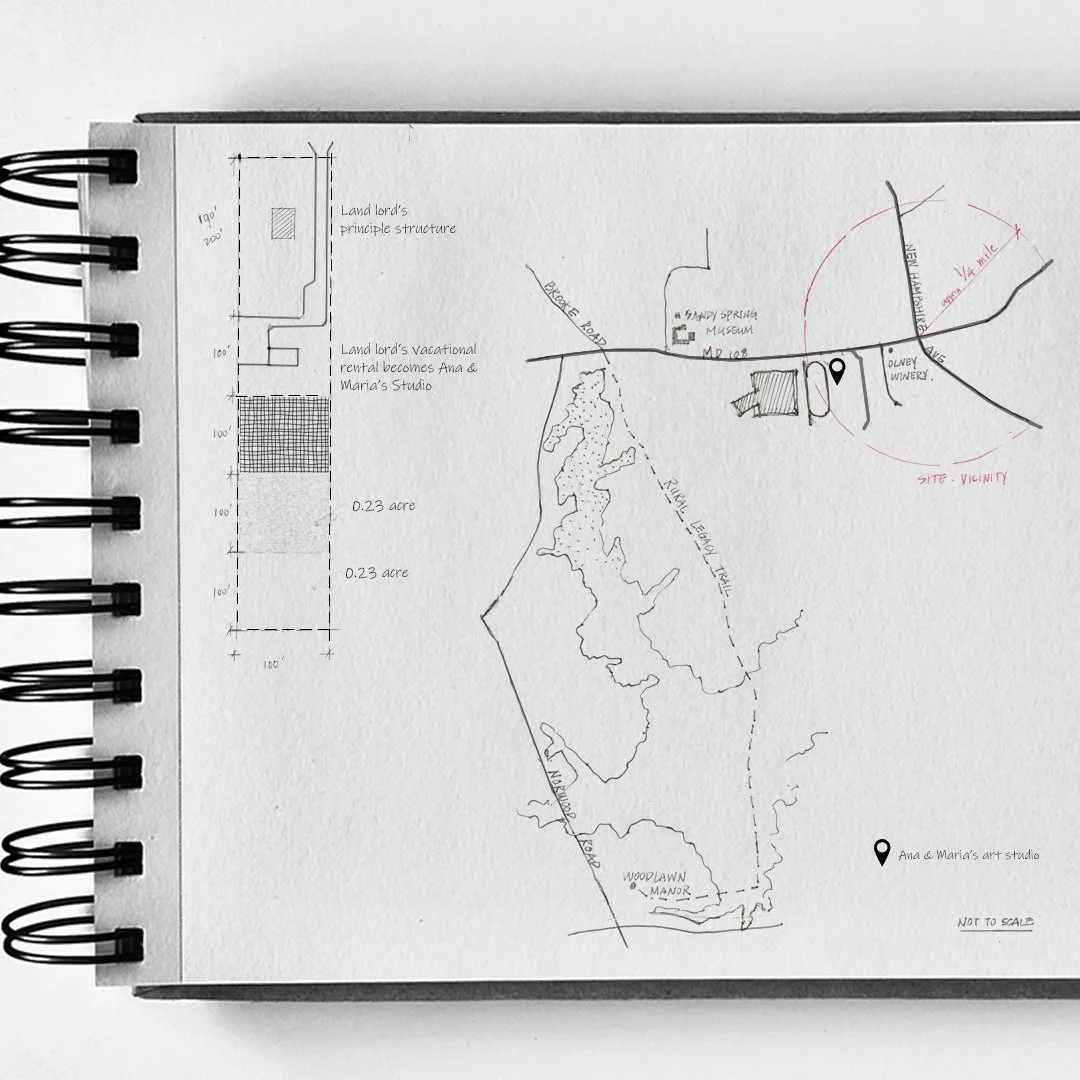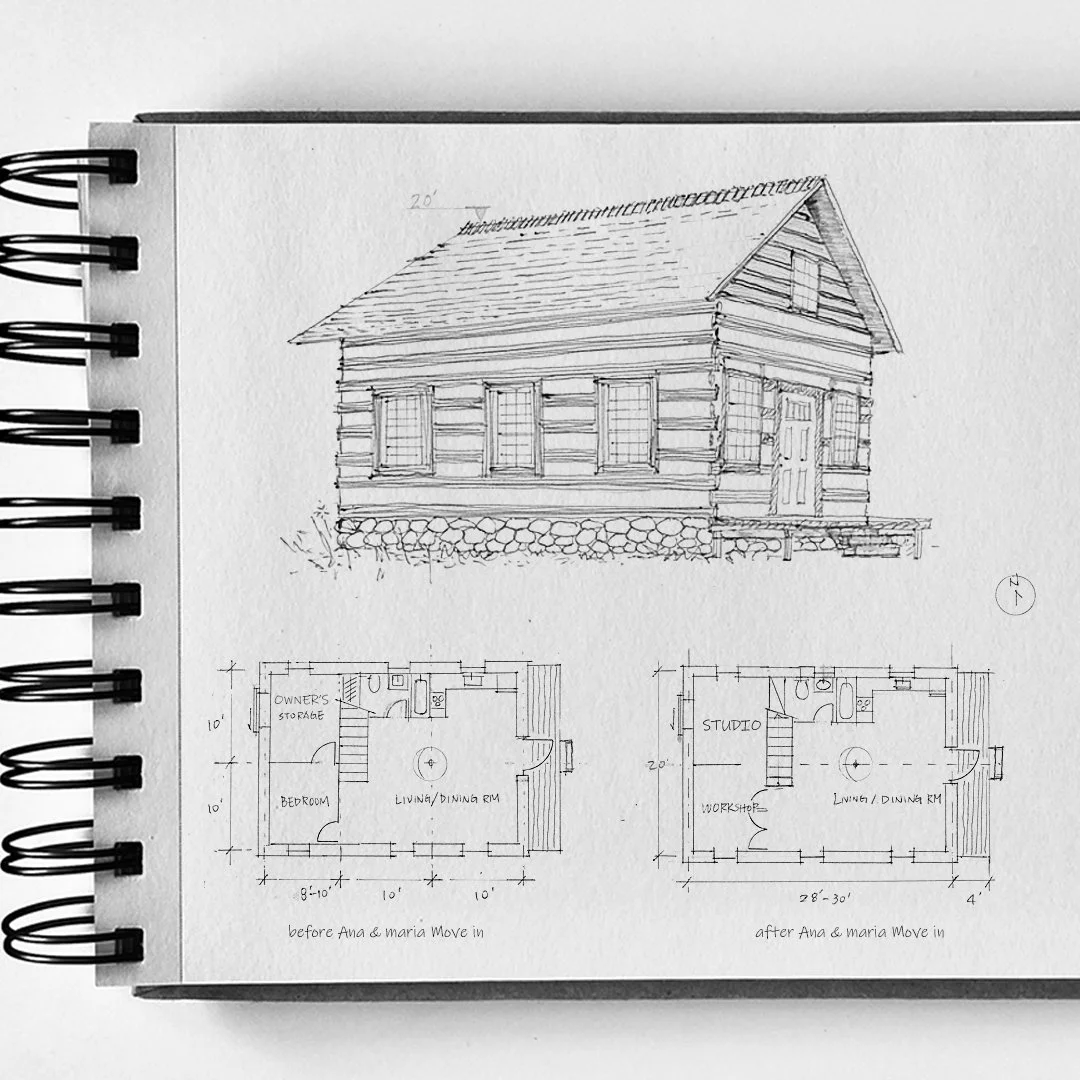Dear Tiffany,
Your second question was about Ann & Maria's story, which is also included in volume 5. You want to know what their property might look like and question why Ana and Maria should consider the “Community garden”, not “Farming” as the principal use when developing their art studio business.
That's a good question. You are right that Ana & Maria could use “Farming” to develop their Oshibana art businesses since the story was based on a lot in an R-90 zone. However, I was concerned that during the first five years of the business's start-up period, the artists' finances might be tight and the art sales might not be as promising as they intended. Allowing Ana & Maria's neighbors, friends, and family who are also interested in flower-cultivating to join their flower-growing activities and let them take home those flowers and floral arts that haven't been sold might be a good idea to promote flower-loving events, extend their networks, and resolve the short life span after flowers have been cut.
While both “Farming” and “Community Garden” uses include the cultivation of vegetables, flowers, plants, and beekeeping, the key difference between these two uses lies in the ownership of use activities. “Farming” is the agricultural practice for the property owner, yet the “community garden” is the activity cultivated by a group of people for personal use. You could imagine that once Ana & Maria have reached enough enthusiasts for their works of art and flowers, they could sell their works to a broader audience.
On the other hand, the accessory building they currently reside in is only 600 square feet. If one day they decide to become a flower farmer because it's more profitable, and want to acquire (lease) more land and increase their investment in flower planting, they can extend the current structure and not be limited to its regulated size. (1)
"... yet every Man has a Property in his own Person. This is no Body has any Right to but himself. The Labour of his Body and the Work of his Hands, we may say, are properly his." ---John Locke
Thinking of Ana & Maria's case reminded me of this quote from John Locke. In 1689, John Locke left us this infamous statement and laid out the core ideas of humans' natural rights: life, liberty, and property. During the same era, the "indentured servitude" system was also popular. Whether Ana and Maria will stay there to be Maryland's permanent artists or have careers somewhere else, how our society treats our land and human rights has grown proportionately, which I am amazed and grateful for.
P.S., According to the description of accessory structure in R-90 Zone, it reads as following. " An accessory structure is a structure, including a building, that is subordinate to and located on the same lot as a principal building, the use of which is incidental to the use of the principal building or to the use of the land. In the R-90 zone, the maximum footprint of an accessory building is 50% of the main building or 600 square feet, whichever is greater. Buildings for agricultural use are exempt from this size restriction." Here is the shortcut of [R-90]Zoning Fact Sheet from Montgomery planning’s website.
Your affectionate friend,
Hepburn
If you haven't read Ana & Maria's story, you can find it here.


